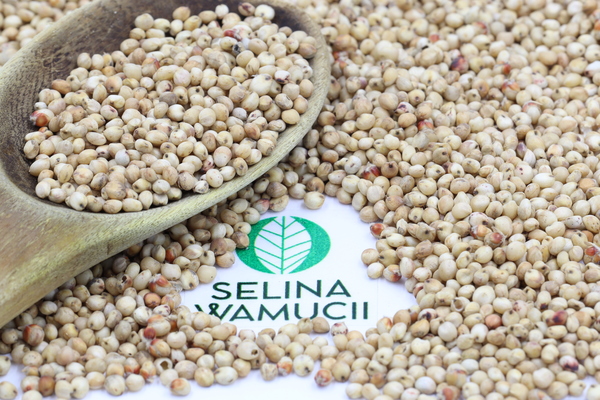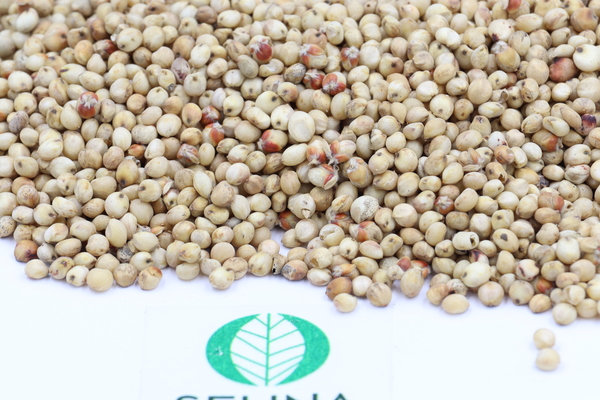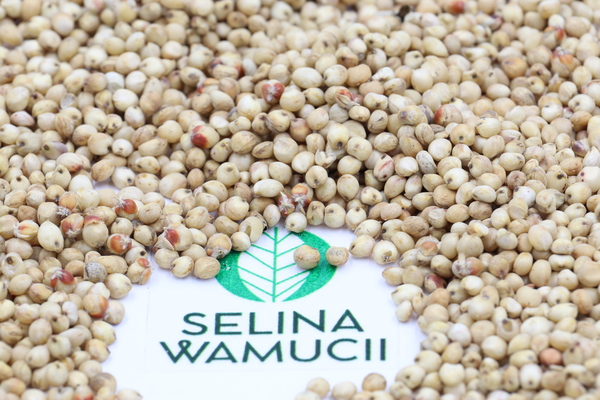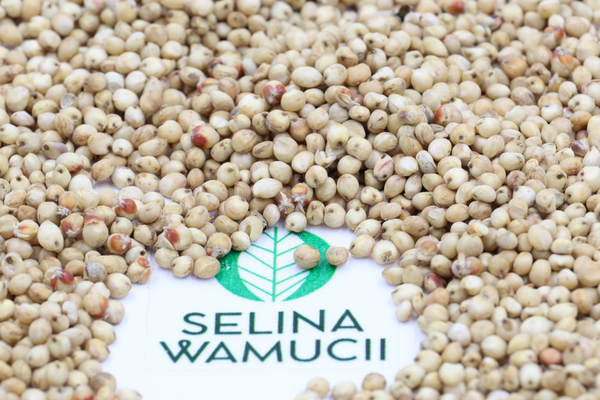Buy Ethiopia Millet Directly From Exporters & Suppliers - Best of 2024 Market Prices
| Summary | |
|---|---|
| Varieties | Pearl millet, Finger millet,proso millet Foxtail millet and teff millet |
| Common varieties | Pearl millet, teff millet and Finger millet |
| Packing | Packed in handwoven jute bags Aerated polythene bags |
| Size | In sacks In bags of( 50-90) kilograms |
| Season availability | Throughout the year |
| Transporting conditions | Transported under a temperature averaging 4 degrees Celsius. Udder cool and dry conditions |
Ethiopia millet is among the countries in Africa which produce and export millet. Millet is among the best produce from the horn of Africa.
Millet is a highly variable small-seeded grass, that is widely grown around the world as cereal crops, grains for fodder and human food.
Millet is an important food crop in the semi-arid tropics of Asia and Africa. Apart from Ethiopia, it is also grown in India, Mali, Nigeria and Niger, with 97%of millet production in the developing countries. The crops favored due to productivity and short growing season under dry, high-temperature conditions. Millets are highly tolerant of drought and other extreme weather conditions. Millets are among the crops that have been consumed by humans for a long time.
Ethiopia ranks at the 8th position in the world in the production of millet. Ethiopia exports approximately 1.071 million tons of millet yearly. Millet in Ethiopia is grown in the regions of Amhara, which comprises of West Gojjam and Awi. These are high altitude regions. About 0.5-1.5 hectares of land is millet.
Millet is mainly the finger millet spices (eleusine coracana). Millet is grown under large scale and small scale farmers. Millet has combat hunger particularly among low-income families across the country
Many millet growers in the country apply the traditional method and this has enhanced its appeal in the export market because they are considered natural.
Nutritional value of millet
It has zero percent cholesterol, which makes it ideal for heart health as well as enhances proper digestion. Millet has a high level of carbohydrates and calories hence makes it a perfect food during the drought.
There are several varieties of millet in Ethiopia. They include;
Pearl millet – Is among the most popular types of millet, mainly because of its’ ability to survive harsh climatic conditions.
Teff millet-usually a small-sized grain with multiple health benefits. Ethiopia locals use it to make injera-local bread, which has a spongy feel.
Finger millet –it is the most dominant species of millet grown in Ethiopia with a height averaging 1.5m when fully developed.
Millet is grown in areas with high altitudes. It thrives in dry and adverse weather conditions under extremely high temperatures. Millet is mainly grown next to sorghum and short seasoned maize.
To ensure that the millet grows under natural conditions, farmers apply farm-post manure rather than chemical spray.
Millet is harvested by picking. They use sickles to cut the tall stalk that can have multiple chaffs of grains at their crest .millet is then dried through forced air to reduce the amount of moisture to as low as 12%.
Ethiopia millet is threshed by hand rubbing because it is accurate compared using a threshing machine with farmers removing sediments and foreign materials at every turn. The Ethiopia millet is then winnowed to get rid of the remaining debris. The process involves fun-aided pouring of the grain from above into collectors below. This way, any light speck is blown away from the grains.
Millet is then packed as soon as sorting is done with jute bags that are handwoven for aeration purposes.
Polythene bags with unique abilities to let air in are also used used-package range from 59-90 kg.
The sacks are silo-pack in layers for easy removal and hence avoids damaging.
Millet is then transported under temperature averaging to 15 degrees Celsius to the port of Djibouti for export by ships.
Millet is usually exported in the form of;
- Flour after milling.
- Grains immediately after harvesting.
Millet is the best you can get around the globe; hence if you require the best millet, do not hesitate to get it from Ethiopia.
Get Instant Quote
Are you a producer of Ethiopia Millet or other products?
Sign up today for FREE to buy or sell Ethiopia Millet.





